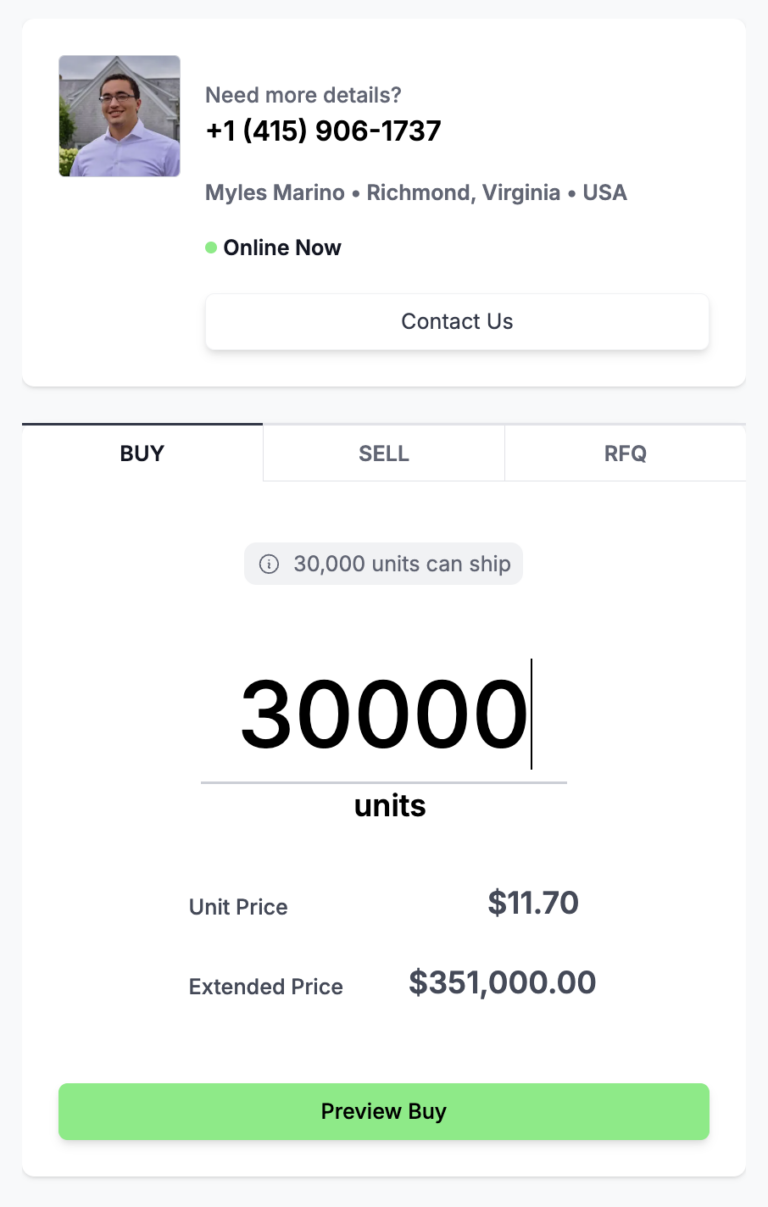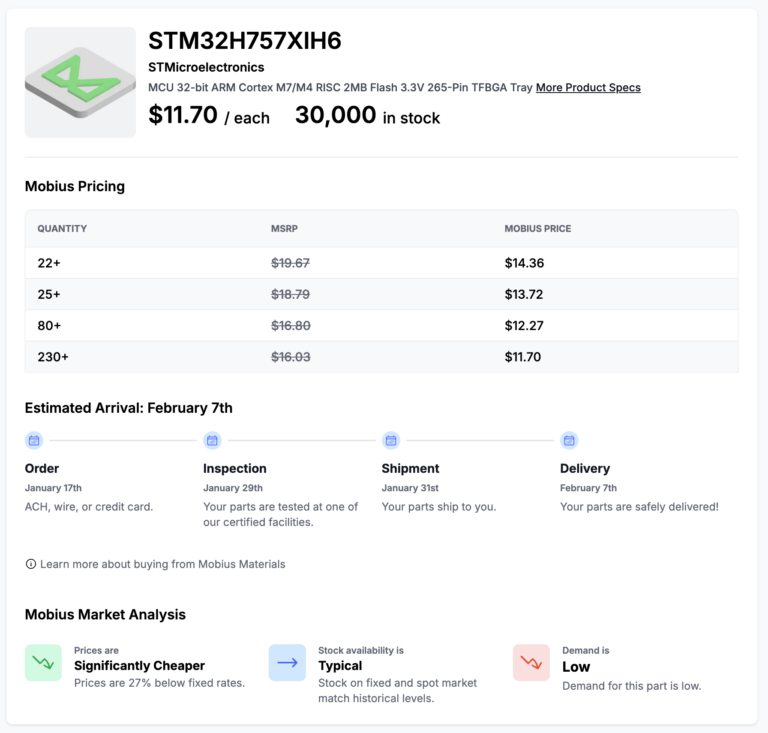
How this startup used Mixpanel to extend its runway by three months

How does Mobius use Mixpanel?
We use Mixpanel in a few different ways.
First, we use Mixpanel for our web application. We want to see what actions users are taking. We have a small engineering team, so we use it to see when something breaks that we might otherwise miss.
Second, we look at where people are dropping off or places where they aren’t behaving in the expected way. That means there might be a bug, or that it’s not clear to users what they’re supposed to be doing.
That’s how we first started using the platform—to see where users were dropping or if they were taking unexpected actions in unexpected places.
More recently, we’ve also started using it to test product changes and see how they perform.
Can you give me an example of a product change you’ve tested?
We changed our checkout page. We’d noticed that a lot of people were dropping off there, which was strange. We could see them spend a bit of time on the checkout page and then click off. It was only a small percentage of users who would actually follow through on the purchase themselves, with plenty bailing to contact us directly to order. It wasn’t ideal because it meant more operational overhead for us.
We realized that we actually had a bug, and the product page was showing a different price than the checkout page. The checkout page price was much higher than it should have been. Obviously people would leave, because that looked like a scam. They lost trust.
“Those changes, along with others to the checkout flow, actually helped us reduce drop-off on the buying side from 72% down to 12%.”
That was one of the first major drop-off points we could diagnose with Mixpanel. We found it by looking at the checkout funnel.
Once you understood the problem, how did you fix it?
We did a couple of things. First, obviously, we fixed the error that was causing the prices to change.
And while we were fixing that, we also made it easier to contact us. We added our phone number and an email to the checkout page. That way when people were ready to check out, they could notify us when there was an error with the prices and we could fix it for them. That helped a lot.


Those changes, along with others to the checkout flow, actually helped us reduce drop-off on the buying side from 72% down to 12%.
Fixing that also led to our fourth- and ninth-largest transactions on our platform to date, which extended our runway by three months. We made a healthy six figures on those transactions.
Those are great results!
It wasn’t just about fixing the bug, it was also about building trust. Customers wanted to know that we’re real people. This way they could call or email us and ask questions about Mobius. And once they were comfortable, they would then check out online.
Has that led to more repeat purchases?
Since the change, we’ve had about 30 to 40% repeat purchases, which is pretty good for our market, because most people only purchase once. Offering that phone call and explaining things to customers has really helped.
Get a free year of our full analytics suite with Mixpanel for Startups. Learn more.
Tell me about some other ways you’re using Mixpanel.
We also use it to monitor drop-offs on non-transactional user flows.
One example comes from the selling side of our business. We’re a marketplace. You can buy, but some people are also trying to sell. We realized that customers were going to the wrong part of the site, the buying side instead of the selling side.
So we changed some of the language and clarified the split between buying and selling.
The other issue with selling was that to sell parts on our site, you have to get verified. You need to talk to a member of our team.
We had this flow where people had the option to get verified, but nobody was clicking it. There was a bit of a drop-off there. We started experimenting with different ways to get more people verified, and we used Mixpanel to see what worked to drive more users to verification.
Now we have a banner at the top of the screen that says “Get Verified” and they can click it to schedule a call. It’s easier and more obvious for them.
What is your ROI from using Mixpanel to make these changes?
I would say something like 100x.
But more than the dollar value, it allows us to do things we wouldn’t otherwise be able to do with our small team. There are only seven of us, along with four contractors.
Getting a better read on incoming user attribution has also paid off. With Mixpanel, we were able to see that we were getting a lot of traffic from one of our top partners. We were able to invest more in them and place ads there, instead of focusing on other channels that we had been using that weren’t performing as well.
“With Mixpanel, we were able to see that we were getting a lot of traffic from one of our top partners. We were able to invest more in them and place ads there instead of focusing on other channels that we had been using that weren’t performing as well.”
Are there any other less tangible advantages of using Mixpanel?
Another helpful area is internal communication.
Our engineers are very good at numbers and data, but they have some room to improve when it comes to presenting it in a way that makes sense to non-engineers.
Historically, they would find a drop-off or have an idea for something that we should try in a flow, and they had a hard time making it make sense for the rest of the team.
Now, our engineers use Mixpanel graphs and charts to communicate their ideas to our ops, sales, and marketing teams. It comes out in a way that we understand, and it makes sense to them too. It’s been very helpful for them and for the rest of the team as a data translation tool.


